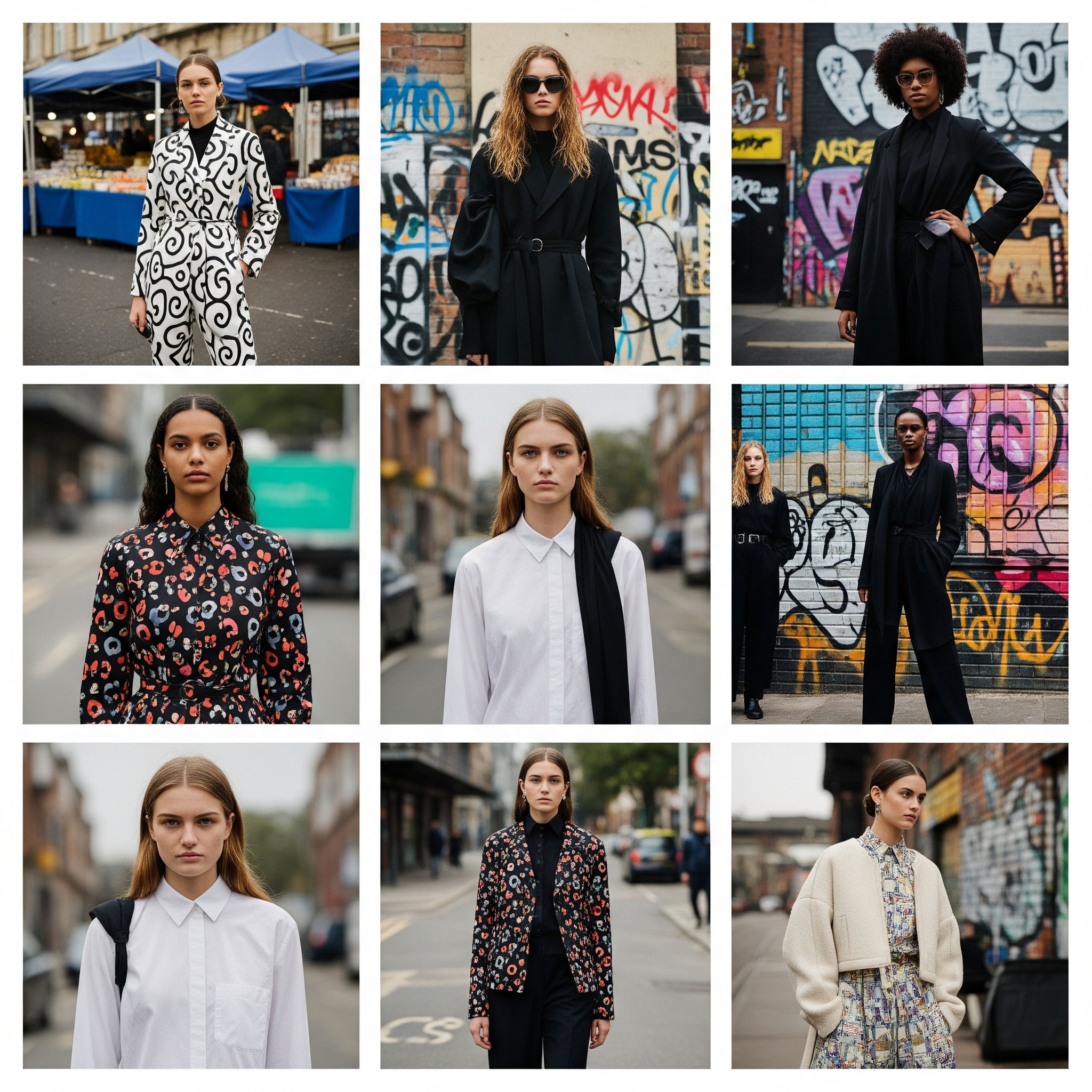Blog
Beyond the Runway: How Street Style Influences High Fashion

For decades, the world of high fashion seemed to exist within an exclusive bubble, with trends dictated from the lofty heights of Parisian ateliers and Milanese runways. Designers presented their collections, and the fashion world followed suit. However, in the last two decades, a powerful and undeniable force has emerged from the asphalt jungles of global cities: street style. What ordinary people wear on the sidewalks has not only become a compelling visual spectacle but a critical barometer and direct influencer of what ultimately appears on catwalks and in designer boutiques.
The rise of street style is inextricably linked to the explosion of social media and digital photography. Fashion blogs, and later platforms like Instagram and Pinterest, provided an immediate and democratic stage for everyday sartorial creativity. Suddenly, fashion was no longer just about celebrities or magazine editorials; it was about real people, with real lives, demonstrating innovative ways to combine garments, interpret trends, and express individuality. Photographers like Scott Schuman (The Sartorialist) and Tommy Ton (Jak & Jil) became influential gatekeepers, capturing moments of genuine style that resonated globally.
This shift created a powerful feedback loop. While designers once dictated, they now observe and absorb. Runways are no longer the sole origin points of trends. Instead, creative directors, merchandisers, and trend forecasters actively scour street style imagery for nascent ideas, fresh pairings, and authentic expressions of current culture. A particular way of tying a scarf, an unexpected layering technique, or the resurgence of a forgotten silhouette seen on the streets can directly inspire a collection presented months later. It’s a more organic and reactive process, blurring the lines between creation and consumption.
Street style also offers a crucial testbed for wearability and real-world appeal. What looks avant-garde on a supermodel might be impractical for everyday life. But when people on the street adopt and adapt high-fashion elements into their daily wardrobes, it proves a concept’s versatility and commercial viability. This “ground-up” validation provides invaluable insights for brands looking to connect with a broader audience. It demonstrates how trends are truly integrated into people’s lives, often in ways more nuanced and innovative than designers might initially envision.
Ultimately, street style has democratized fashion, making it more accessible and relatable. It celebrates individual expression and highlights the power of the collective in shaping aesthetic narratives. High fashion, in turn, has become more reflective of actual life and diverse perspectives. The dialogue between the runway and the street is now constant and dynamic, a symbiotic relationship where inspiration flows in both directions, proving that the most compelling fashion statements often begin not in exclusive showrooms, but on the vibrant, bustling streets of the world.
